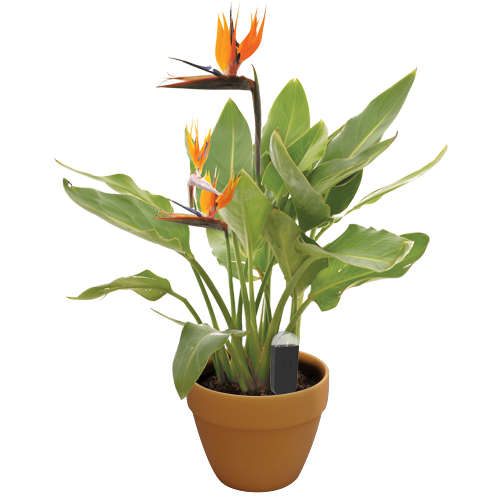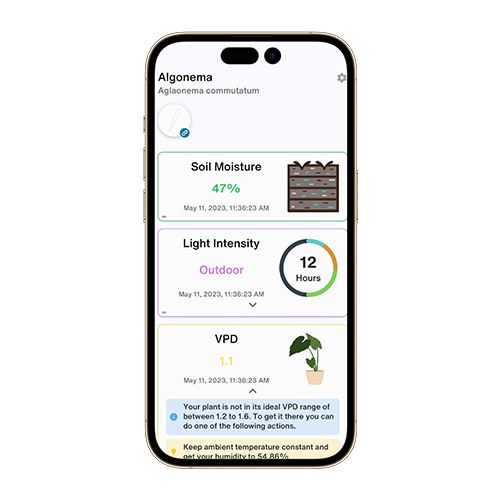Cynara humilis
TAXONOMÍA
FamiliaAsteraceae
GéneroCynara
Zona8
APRENDE MÁS
Plants of the World OnlineACERCA DE
Cynara humilis, commonly known as the wild artichoke, is a perennial plant in the Asteraceae family. Native to the Mediterranean region, it is known for its spiny leaves and large, thistle-like flowers. The plant undergoes a dormancy period during the hot summer months.
TAMBIÉN CONOCIDO COMO
Globe Artichoke
Bourgaea humilis
Bourgaea humilis var. humilis
Bourgaea humilis var. leucantha
Cynara humilis var. humilis
Cynara humilis var. leucantha
Cynara humilis var. reflexa
Cynara humilis var. walliana
DESCRIPCIÓN GENERAL
VPDCalcular
AguaSeco
SueloFranco
LuzBrillo directo (6 Horas)
Temperatura20° C
Humedad50
GDD2250
Inactividad3 Meses
pH6,5
Presión1013
DETALLES
Instrucciones de cuidado
Cynara humilis thrives in bright, direct sunlight and prefers moderate temperatures. It requires well-drained soil and should be watered sparingly, allowing the soil to dry out almost completely between waterings. The plant benefits from moderate humidity levels.Cosecha
Cynara humilis, commonly known as the wild artichoke, should be harvested when the flower buds are still tight and before they start to open. This typically occurs in late spring to early summer. To harvest, use a sharp knife or pruning shears to cut the bud along with a few inches of the stem. It's important to wear gloves as the plant can have sharp thorns. After harvesting, the buds should be used fresh or can be stored in a cool, dry place for a short period.Suelo
Cynara humilis prefers well-drained loamy soil with a slightly acidic to neutral pH. Good drainage is essential to prevent root rot. A mix of garden soil with sand or perlite can improve drainage.Fertilizante
Use a balanced fertilizer with a nutrient composition of 5-10-10. Fertilize the plant during the growing season, typically in spring and early summer, to promote healthy growth and flowering.Trasplante
Repot Cynara humilis every 2-3 years or when it outgrows its container. Choose a pot that is slightly larger than the current one and ensure it has good drainage. Repotting is best done in early spring before the growing season begins.Propagación
Cynara humilis can be propagated by seeds or division. Sow seeds in early spring in a well-draining seed mix. For division, separate the offsets from the parent plant in early spring or late autumn and plant them in individual pots.Poda
Prune Cynara humilis to remove dead or damaged leaves and spent flowers. Pruning helps maintain the plant's shape and encourages new growth. Perform pruning in late winter or early spring before the growing season starts.Toxicidad
Cynara humilis is not known to be toxic to pets or humans. However, its spiny leaves can cause physical injury if handled carelessly.REVOLUCIONE EL CUIDADO DE SUS PLANTAS
Haga Que Cada Planta Sea Inteligente

Monitor de planta
SE QUEDA EN TU PLANTA
Mide con precisión las métricas principales de su planta (humedad del suelo, luz, temperatura y humedad), así como métricas compuestas como el déficit de presión de vapor (VPD) y los grados día de crecimiento (GDD).
Compra ahora
